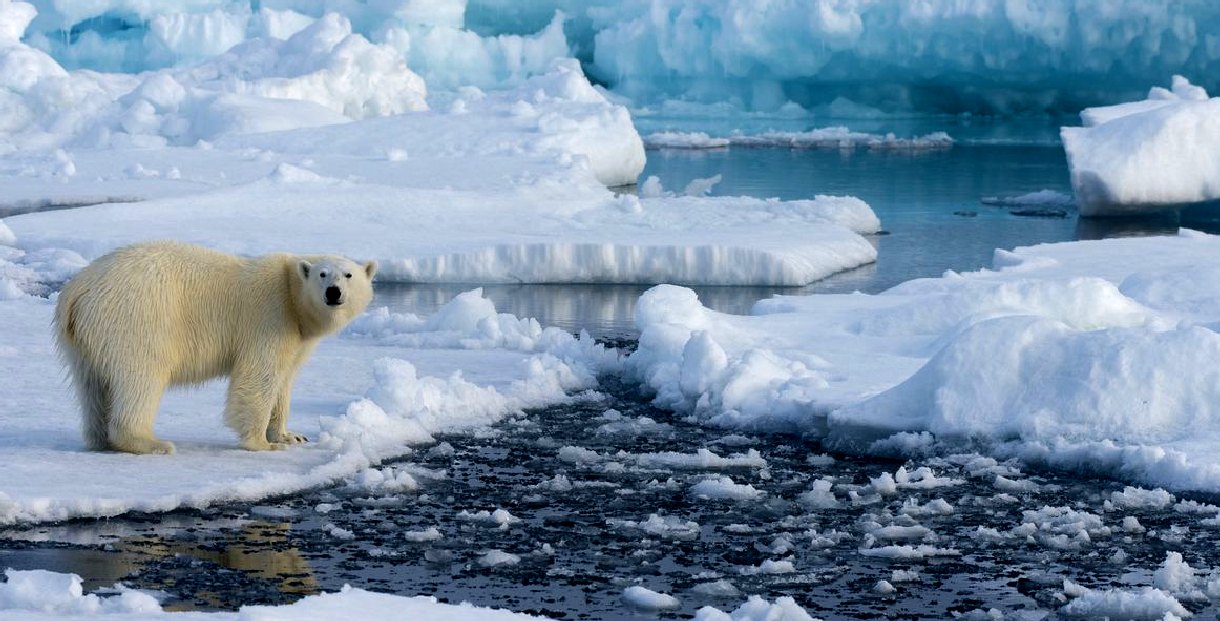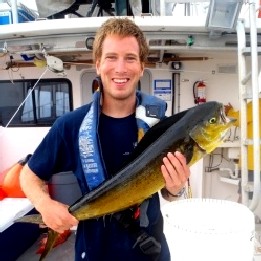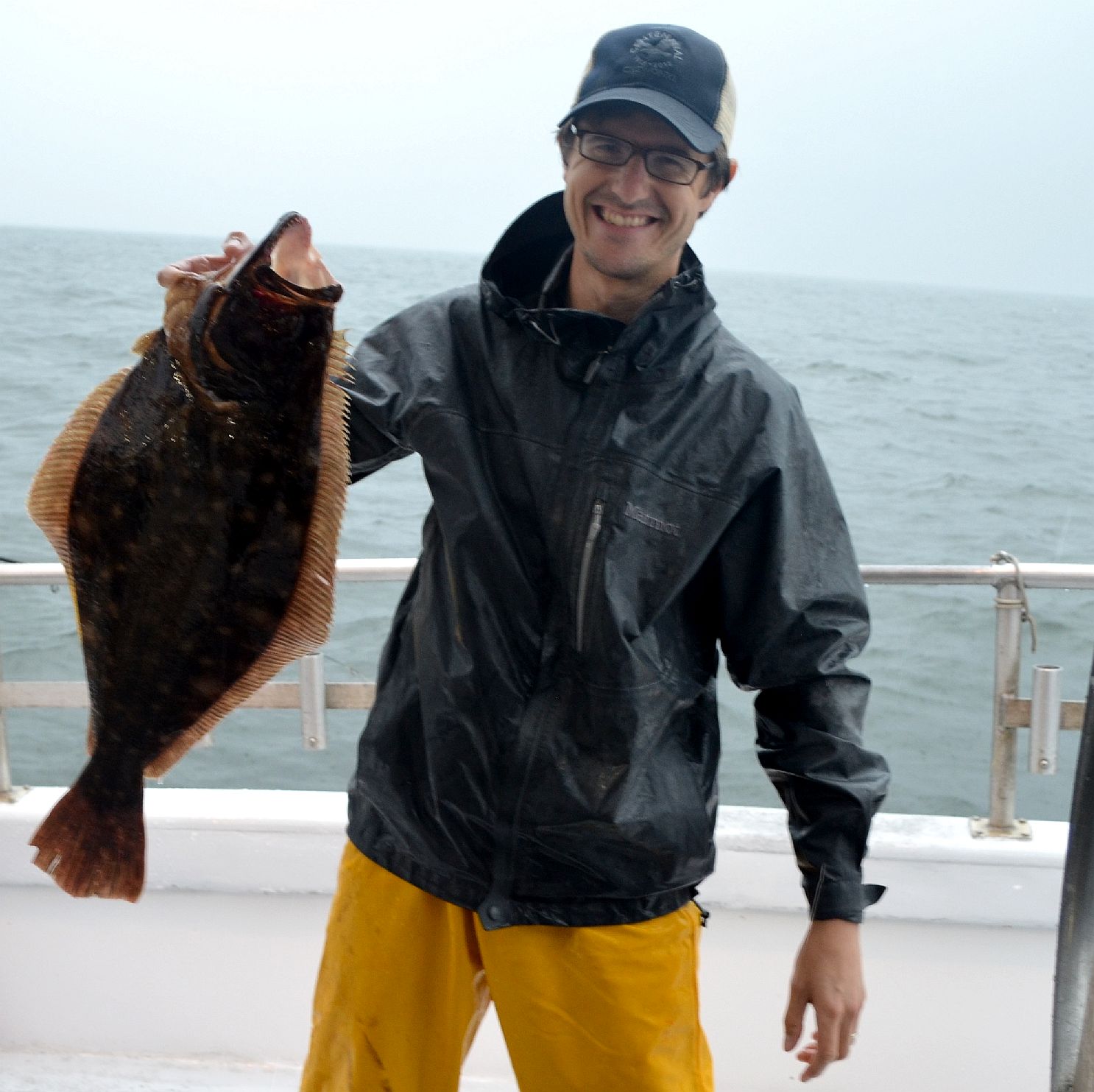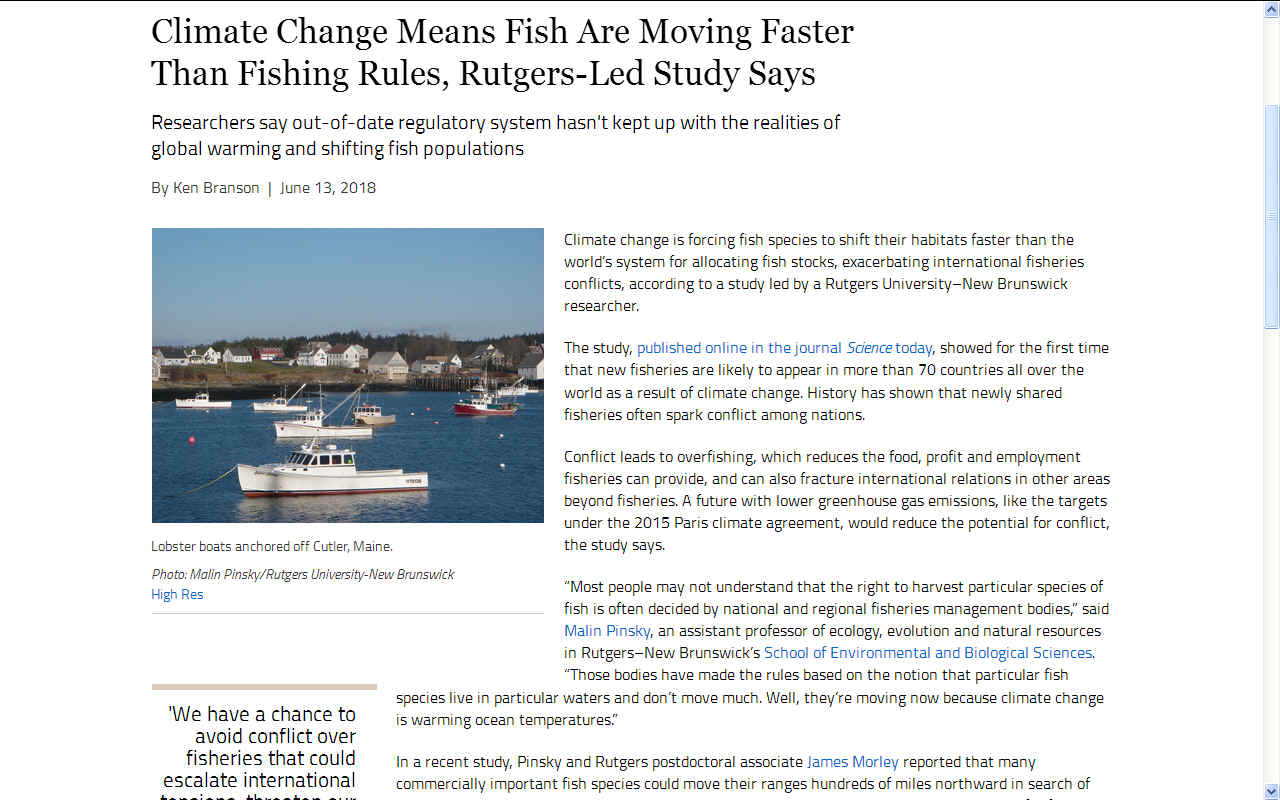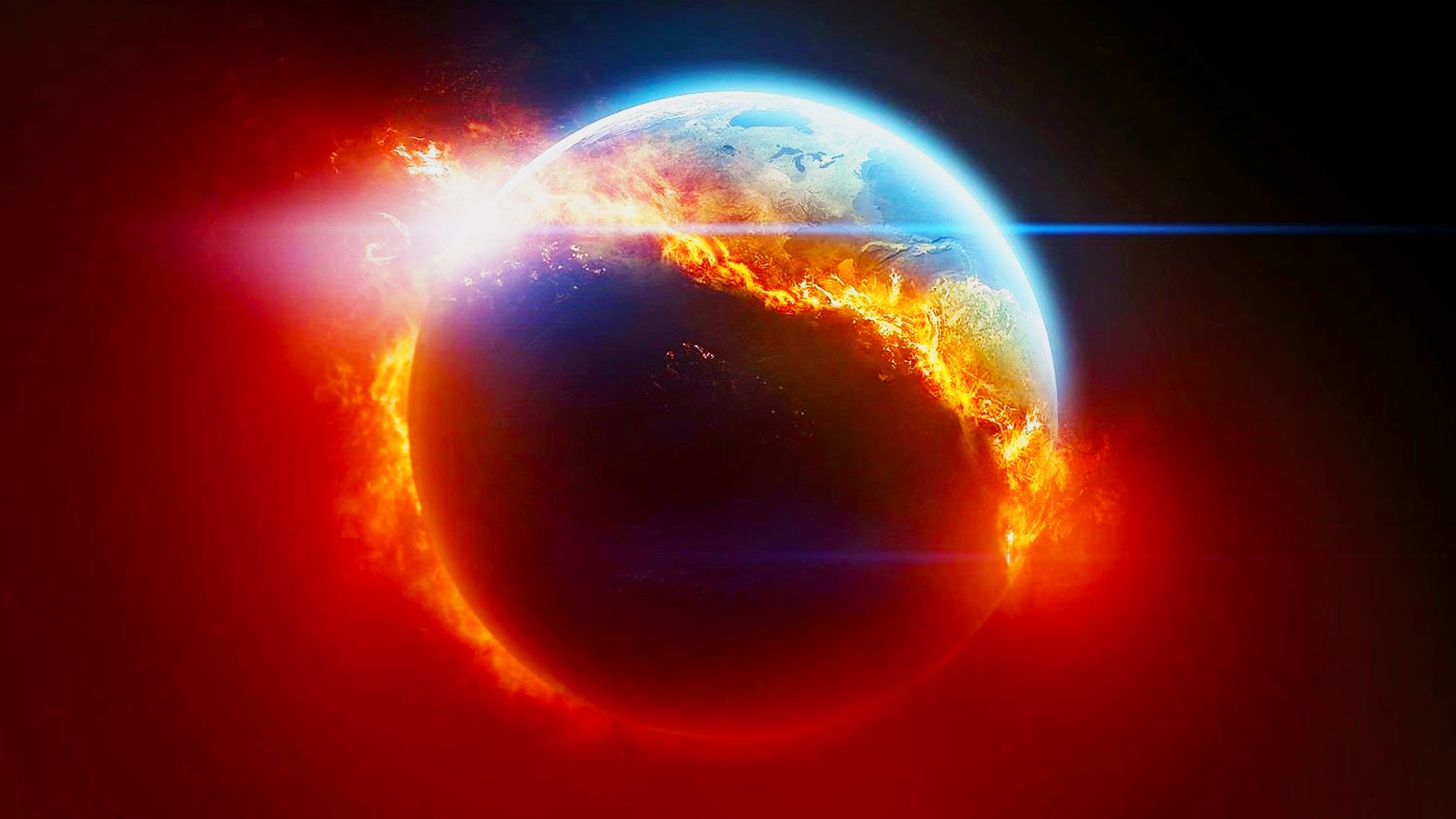|
WARMING OCEANS
Please use our A-Z INDEX to navigate this site
Human activities are releasing nearly 10 Gegatons of Carbon (about 36 Billion tons of CO2) into the atmosphere every year, driving atmospheric CO2 concentrations to 400 parts per million (ppm) from their original pre-industrial levels of 280 ppm. This increase in CO2 and other greenhouse gases concentrations traps additional energy in the earth's climate system. What happens to this "extra" energy (0.5-1 watt/m2) remains a mystery to many outside the field of climate and sciences.
Oceans have absorbed 20 times more heat than the atmosphere over the last 50 years resulting in warmer oceans, melting ice caps and rising sea levels.
The recorded increases in ocean temperatures extend well beyond that of natural climate variation. Because of this rise some models suggest that it is likely to warm the air another degree Fahrenheit (0.55° Celsius) worldwide over the coming decades.
Sea water 1,500 feet below the surface is warming as well as surface waters. These increases in temperature lie well outside the bounds of natural variation.
Where land temperatures are easier to measure that the sea, scientists use several methods to create an ocean record.
1. Dropped from ships or airplanes, probes gauging the ocean's conductivity, temperature, and density provide nearly continuous surface-to-bottom measurements at specific times. However, these probes rarely reoccupy an exact location.
2. Remote vehicles can measure the temperature of deep ocean waters, and periodically surface to transfer the information to satellites.
3. Moorings on the ocean bottom can measure temperatures at fixed distances above the bottom, until a ship retrieves the instruments - typically after a few months or years.
4. The most common measurements, however, are taken at the sea surface. Scientists combine these measurements with land surface measurements to calculate the global average temperature.
5. Scientists also know that ocean temperatures are rising because warm-water species are moving into areas that were previously too cold, while cool-water and cold-water species are migrating closer to the poles.
PLASTIC - While measuring the temperature of the sea in the arctic, scientists noticed how much plastic was in the water. With acid oceans and climate change, we are really messing things up.
UC SANTA BARBARA FEB 2019 - WARM SEAS SCATTER FISH
Fish provide a vital source of protein for over half the world’s population, with over 56 million people employed by or subsisting on fisheries. But
climate change is beginning to disrupt the complex, interconnected systems that underpin this major source of
food.
CHRIS FREE - Chris developed his interest in quantitative ecology at Middlebury College where he received a BA in Conservation Biology and studied the population dynamics and sustainable management of tropical trees. After graduating, he continued this work with funding from the US Forest Service, worked on seabird conservation at Audubon Alaska, and worked as a fisheries field technician at the Dauphin Island Sea Lab. Chris did his PhD with Olaf Jensen at Rutgers University where he worked on small-scale fisheries management, data-limited stock assessment, and impacts of climate change on global fisheries. At SFG, Chris will be working to assess the impact of climate change and management reform on country-level fisheries health and profitability.
Region had the greatest influence on how fish responded to rising temperatures, according to the study. Species in the same region tended to respond in similar ways. Fishes in the same families also showed similarities in how they responded to changes. The researchers reasoned that related species would have similar traits and lifecycles, giving them similar strengths and vulnerabilities.
ABSTRACT Climate change is altering habitats for marine fishes and invertebrates, but the net effect of these changes on potential food production is unknown. Researchers used temperature-dependent population models to measure the influence of warming on the productivity of 235 populations of 124 species in 38 ecoregions. Some populations responded significantly positively (n = 9 populations) and others responded significantly negatively (n = 19 populations) to warming, with the direction and magnitude of the response explained by ecoregion, taxonomy, life history, and exploitation history. Hindcasts indicate that the maximum sustainable yield of the evaluated populations decreased by 4.1% from 1930 to 2010, with five ecoregions experiencing losses of 15 to 35%. Outcomes of fisheries management—including long-term food provisioning—will be improved by accounting for changing productivity in a warmer ocean.
RUTGERS JUNE 13 2018 - Climate Change Means Fish Are Moving Faster Than Fishing Rules, Rutgers-Led Study Says
ROAMING FISHERIES - Rutgers University-New Brunswick Assistant Professor Malin Pinsky with a summer flounder. The ocean is a critical source of nutrition for billions of people, with potential to yield further food, profits, and employment in the future (1). But fisheries face a serious new challenge as climate change drives the ocean to conditions not experienced historically. Local, national, regional, and international fisheries are substantially underprepared for geographic shifts in marine animals driven by climate change over the coming decades. Fish and other animals have already shifted into new territory at a rate averaging 70 km per decade (2), and these shifts are expected to continue or accelerate (3). We show here that many species will likely shift across national and other political boundaries in the coming decades, creating the potential for conflict over newly shared resources.
Contact: Todd Bates, 848-932-0550 todd.bates@rutgers.edu
“Most people may not understand that the right to harvest particular species of fish is often decided by national and regional fisheries management bodies,” said Malin Pinsky, an assistant professor of ecology, evolution and natural resources in Rutgers–New Brunswick’s School of Environmental and Biological Sciences. “Those bodies have made the rules based on the notion that particular fish species live in particular waters and don’t move much. Well, they’re moving now because climate change is warming ocean temperatures.”
Under rules agreed to by
EU member nations, fishers harvest a certain number of mackerel each year. But by 2007, those
mackerel had begun to move to colder waters near Iceland, which is not an EU member. Iceland began fishing the sudden abundance of mackerel, but could not agree with the EU on sustainable fishing limits. The dispute became a trade war and is still ongoing. Lobster fishers from the
United States and
Canada have also come into conflict over the
lobster fishery, which is also moving north from New England to the Canadian Maritime Provinces.
SOME
INCONVENIENT FACTS:
The ocean is deep: The world's oceans cover 71% of the earth surface and are about 4 km deep on average. This represents a tremendous reservoir of heat.
The ocean is dynamic: Heat, carbon,
oxygen and various other quantities exchanged with the atmosphere are mixed throughout the ocean through currents, internal waves, eddies, and various other circulation mechanisms.
The complex interactions between continued emissions of greenhouse gases, consequent energy imbalance, and changes in the storage and transport properties of heat in the ocean will largely determine the speed and magnitude of longterm anthropogenic climate change impacts. These interactions have significant policy and economic implications, and must not be ignored in the climate policy discussions forum. As the climate negotiators are now shifting their focus towards reaching an agreement on appropriate stabilization targets and designing mitigation and adaptations strategies required to meet those targets, understanding and incorporating the highly important role of ocean as the most powerful climate change mitigator becomes of utmost importance.
LINKS & REFERENCE
https://science.sciencemag.org/content/360/6394/1189 https://news.rutgers.edu/climate-change-means-fish-are-moving-faster-fishing-rules-rutgers-led-study-says/20180612#.WypjrH8napr http://science.sciencemag.org/lookup/doi/10.1126/science.aau1758 https://www.news.ucsb.edu/2019/019360/warm-seas-scatter-fish http://oceanscientists.org/index.php/topics/ocean-warming
HOW MUCH IS THE EARTH HEATING UP - As of early 2017, the Earth had warmed by roughly 2 degrees Fahrenheit (more than 1 degree Celsius) since 1880, when records began at a global scale. The number may sound low, but as an average over the surface of an entire planet, it is actually high, which explains why much of the world’s land ice is starting to melt and the oceans are rising at an accelerating pace. If greenhouse gas emissions continue unchecked, scientists say, the global warming could ultimately exceed 8 degrees Fahrenheit, which would undermine the planet’s capacity to support a large human population.
ADRIATIC - ARCTIC - ATLANTIC - BALTIC - BAY BENGAL - BAY BISCAY - BERING - BLACK - CARIBBEAN - EAST CHINA SEA ENGLISH CH - GUANABARA - GULF GUINEA - GULF MEXICO - INDIAN - IRC - MEDITERRANEAN - NORTH SEA - PACIFIC PERSIAN GULF - SEA JAPAN - STH CHINA - SEA LEVEL RISE - SOUTHERN
This website is provided on a free basis as a public information service. copyright © Climate Change Trust 2019. Solar Studios, BN271RF, United Kingdom.
|
